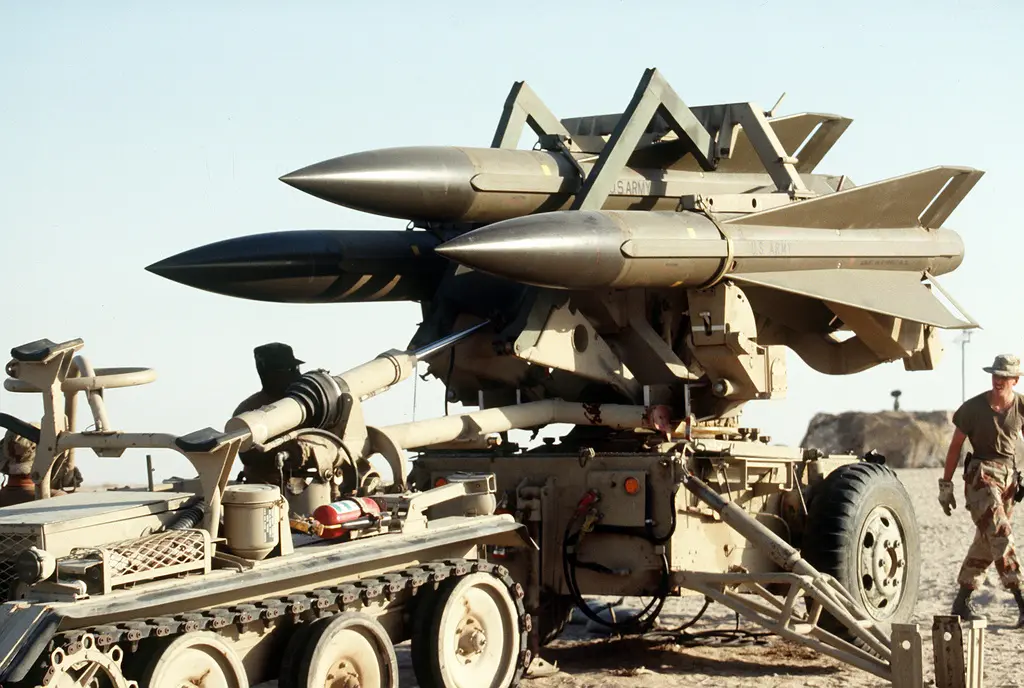On April 9th, the U.S. Department of State announced the decision to approve an aid package for Ukraine, including maintenance for American-made HAWK phase III anti-aircraft missile systems, along with various logistical and computer support elements, all totaling $138 million. The authorization and all required certifications for the transaction were sent to the U.S. Congress through the Defense Security Cooperation Agency.

The approval of this new aid package for the Government of Ukraine responds to the latter’s requests for tools, spare parts, systems for fire control units, technical documentation, and material for the recertification of some missile components still in Ukrainian inventory. Given the constant use of the HAWK systems in the context of the Russo-Ukrainian war, the Secretary of State sought swift approval, meaning bypassing the usual review processes conducted by Congress under Section 36(B) of the Arms Export Control Act.
The sale process for all included equipment will require the involvement of two contractors to deliver them to Ukraine, namely, the American companies RTX Corporation and PROYECTXYZ, from the states of Massachusetts and Alabama, respectively. Fifteen representatives from these companies, along with five government representatives, will travel to Europe to support Ukrainian troops in the maintenance process and training for the use of the HAWK phase III system.

Regarding this anti-aircraft defense system, Ukrainian requests date back to the year 2022. Both the U.S. and its European allies have responded by transferring part of their inventories of MIM-23B I-Hawk/Hawk-21. For example, Spain committed four of its Hawk batteries, as well as short-range Aspide 2000 missiles from the Air Deployment Support Squadron.
The HAWK systems were designed by the American company Raytheon, with its first version entering service during the 1950s, and operational capability for the MIM-23B I-HAWK version being achieved in 1971. The mentioned update saw improvements in radar, missile altitudes, a new propulsion system, a larger carried warhead, and updates to electronic countermeasure systems, making the missile more precise and harder to intercept. It’s worth noting the effective range of 25 km, which can be covered at a speed of 800 m/s (Mach 2.4).

The replacement of HAWK in the U.S. armed forces occurred in the late 1990s, in the form of MIM-104 Patriot batteries for the U.S. Army, and FIM-92 Stinger portable missiles for the Marines. The retirement was completed in 2002, with the latter force extending the life of HAWK systems for longer. However, their apparent obsolescence by U.S. standards is not a sufficient criterion for Ukrainian rejection, as they are desperate to expand and maintain their anti-aircraft defense umbrella, complementing their Soviet-origin S-300 and Buk systems with equivalent Western-produced ones.
Cover image for illustrative purposes. Credits: US Army.
You may also like: The United States is supplying Ukraine with arms and ammunition that Iran had intended for Houthi forces in Yemen














